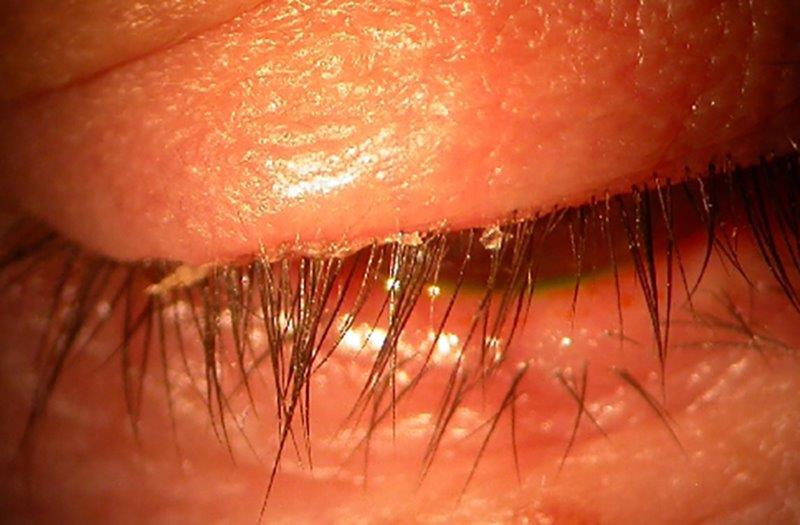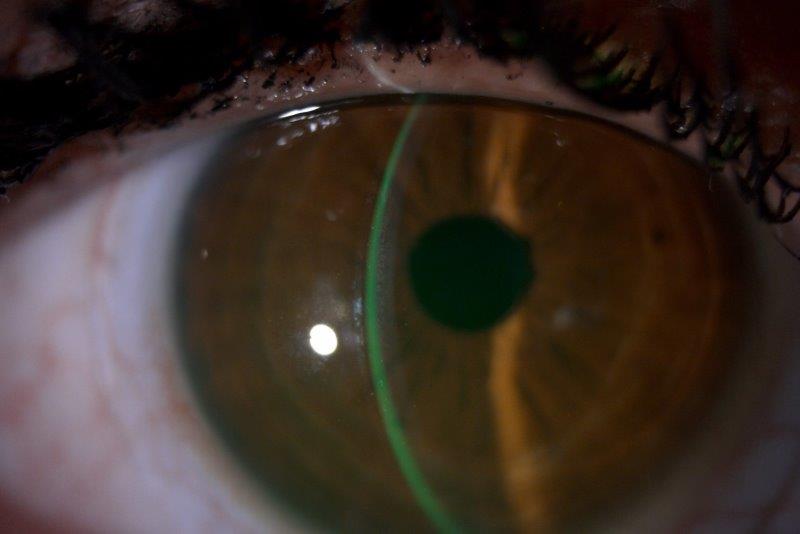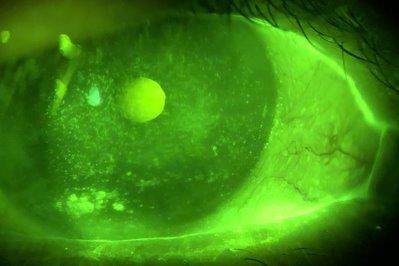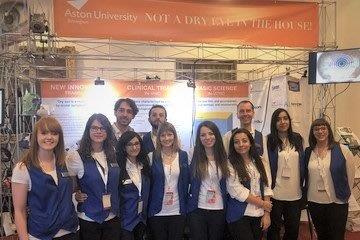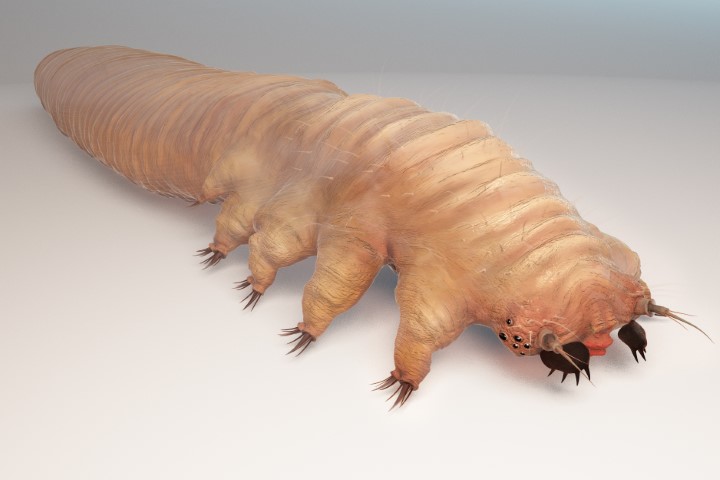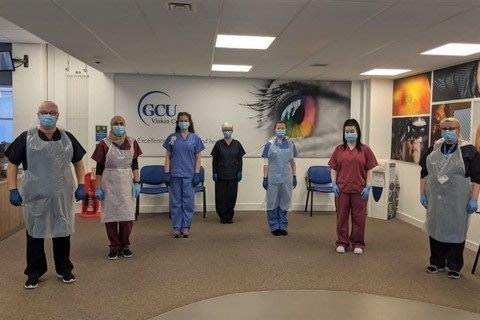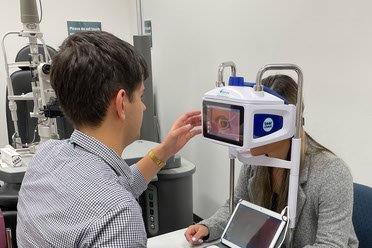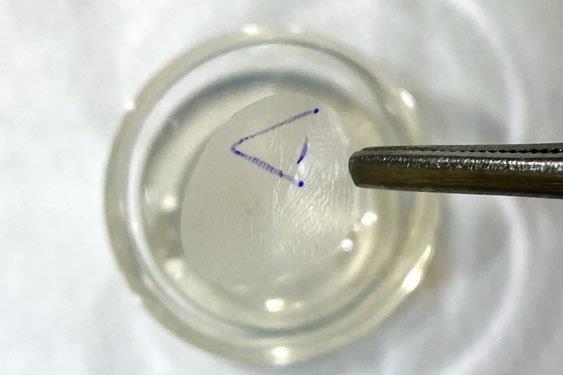Effects of commercial eyelid cleansers on the ocular surface
Ocular demodex infestation is recognised to be an important cause of chronic blepharitis1 and a number of commercial anti-demodectic eyelid formulations are currently available2. However, to date, limited studies have investigated the safety and tolerability of these commercial anti-demodectic eyelid-cleansing formulations.
A prospective, randomised, crossover study was conducted by Professor Jennifer Craig during a recent sabbatical period, in collaboration with Professor Etty Bitton from the Université de Montréal and Professor Lyndon Jones, Dr Jaya Dantam and Dr William Ngo from the University of Waterloo, Canada. A total of 30 non-contact-lens wearers were recruited. Each participant attended six visits and was randomised to receive saline or one of five commercial anti-demodectic eyelid cleansing formulations (Oust Demodex, I-Lid’n Lash Plus, Blephadex, Chrissanthie Eye Cleanse or Blephademodex). Participants were masked as to the product applied. Subjective comfort, ocular surface and tear film parameters were assessed at baseline and at over 30 further time points over the 10-minute period following treatment application.
Overall, the study results demonstrated that there was significant variation in tolerability profiles of the different anti-demodectic eyelid cleansing formulations. Initial ocular discomfort subsided within one to three minutes following treatment application for each of the formulations. However, a significant decline in non-invasive tear film stability and increased ocular surface staining were observed following Chrissanthie Eye Cleanse application. In addition, increased conjunctival hyperaemia was noted following application of both Chrissanthie Eye Cleanse and I-Lid’n Lash Plus.
The study findings could be helpful when providing pre-treatment counselling to patients about the possible adverse effects associated with the application of anti-demodectic eyelid cleansing formulations.
For an earlier related study lid cleansers versus baby shampoo, go to: https://eyeonoptics.co.nz/articles/archive/blepharitis-lid-cleaner-versus-baby-shampoo/
References
- Zhang AC, Muntz A, Wang MTM, Craig JP, Downie LE. Ocular Demodex: a systematic review of the clinical literature. Ophthalmic Physiol Opt. 2020;40(4):389-432.
- Cheung IMY, Xue AL, Kim A, Ammundsen K, Wang MTM, Craig JP. In vitro anti-demodectic effects and terpinen-4-ol content of commercial eyelid cleansers. Cont Lens Anterior Eye. 2018;41(6):513-517.
Professor Jennifer Craig and Dr Michael Wang are both based at the Department of Ophthalmology at the University of Auckland.









